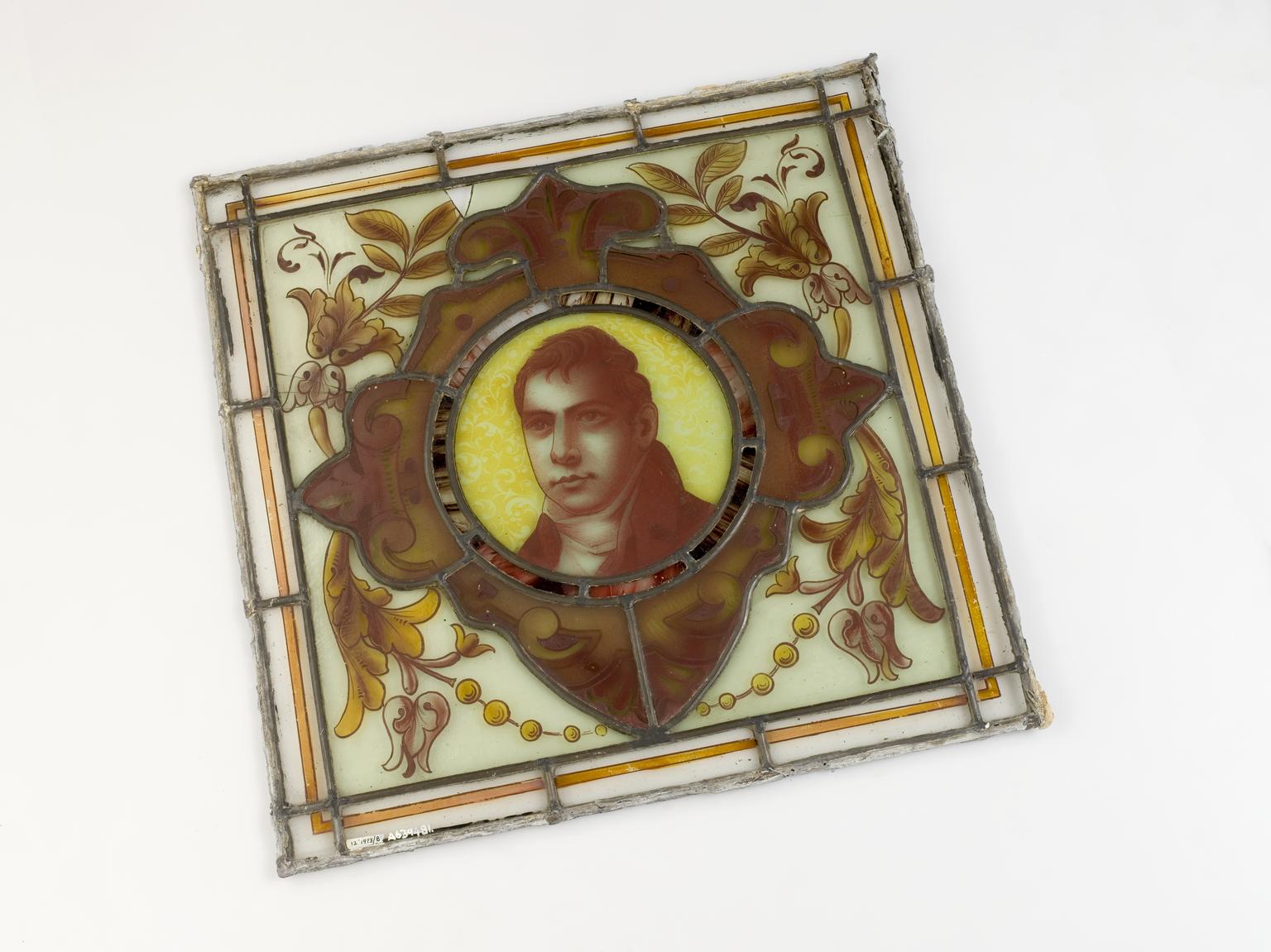Stained glass windows
Stained glass windows, leaded, showing portrait of Edward Jenner, from the home of Dr. Gunasekra, Holmdale Rd., London. 1880-1890.
Four stained glass windows, leaded panels, with portraits, from the home of Dr. Gunasekra, Holmdale Rd., London, English, 1880-1890
Stained glass windows, leaded, showing portrait of Edward Jenner, from the home of Dr. Gunasekra, Holmdale Rd., London. 1880-1890.

Stained glass window, leaded, showing portrait of Sir James Young Simpson
From the home of a North London physician, this stained glass window reputedly shows the portrait of Sir James Young Simpson (1811-70). Simpson is credited with the introduction of chloroform as an anaesthetic in Britain. Traditionally, the story of the discovery involves Simpson and his assistants experimenting on themselves by putting each other to sleep.
Simpson gave chloroform to mothers during childbirth in 1847 and its use in obstetrics was given a big boost when Queen Victoria used it during the birth of her son Leopold in 1853. (The anaesthetist on that occasion was John Snow.) However, once the potentially toxic nature of chloroform had become fully realised over time, it was used far more cautiously.
Stained glass window, rectangular, leaded, showing Mercury's Caduceus with one snake
Stained glass window, rectangular, leaded, showing Mercury's Cadueus with two snakes, enclosed in wooden frame